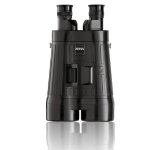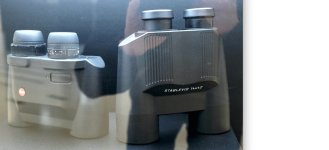Will K
Too well-known member

As far as I am aware, the only company among 'the big three' to currently produce an IS bino is Zeiss, with their gigantic 20x60. This has been around for a while, and is certainly less than popular due to the staggering price (approx. £5000) and extreme bulkiness. 20x is also a highly specialised magnification, which is not very appealing to the bird watching market. If you're willing to carry something that chunky, why not a scope?

Does anyone have a perspective on the current market for IS tech in an alpha context?
Perhaps the closest we have now is the NL/EL optional headrests, which seem to satisfy some, but not all. Would people be interested in a IS Noctivid, Ultravid, NL, EL, or Victory SF? Do you think this is something we will see in the future? Or do you think these binos should remain 'pure', i.e., no electronics?

Does anyone have a perspective on the current market for IS tech in an alpha context?
Perhaps the closest we have now is the NL/EL optional headrests, which seem to satisfy some, but not all. Would people be interested in a IS Noctivid, Ultravid, NL, EL, or Victory SF? Do you think this is something we will see in the future? Or do you think these binos should remain 'pure', i.e., no electronics?











